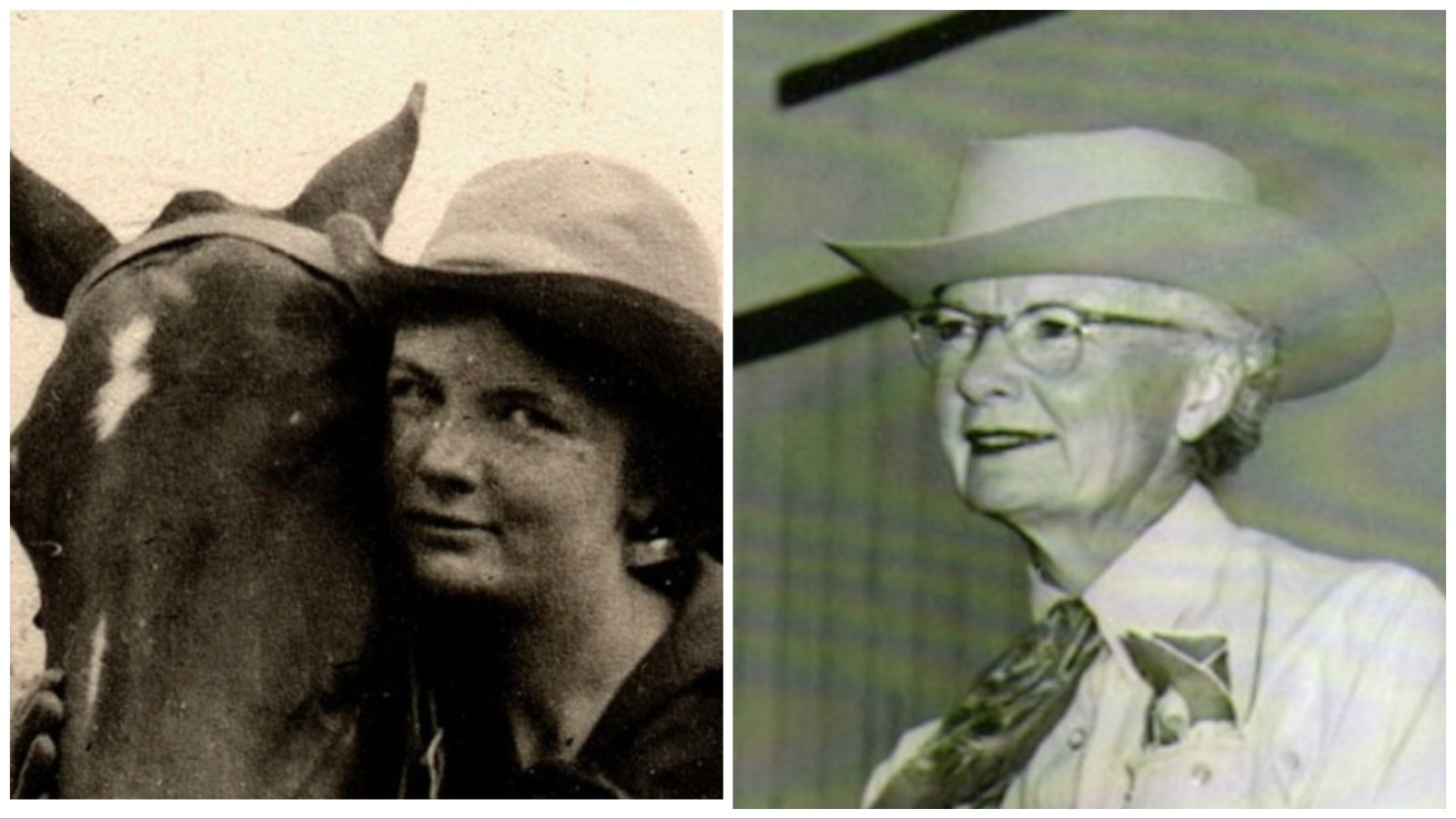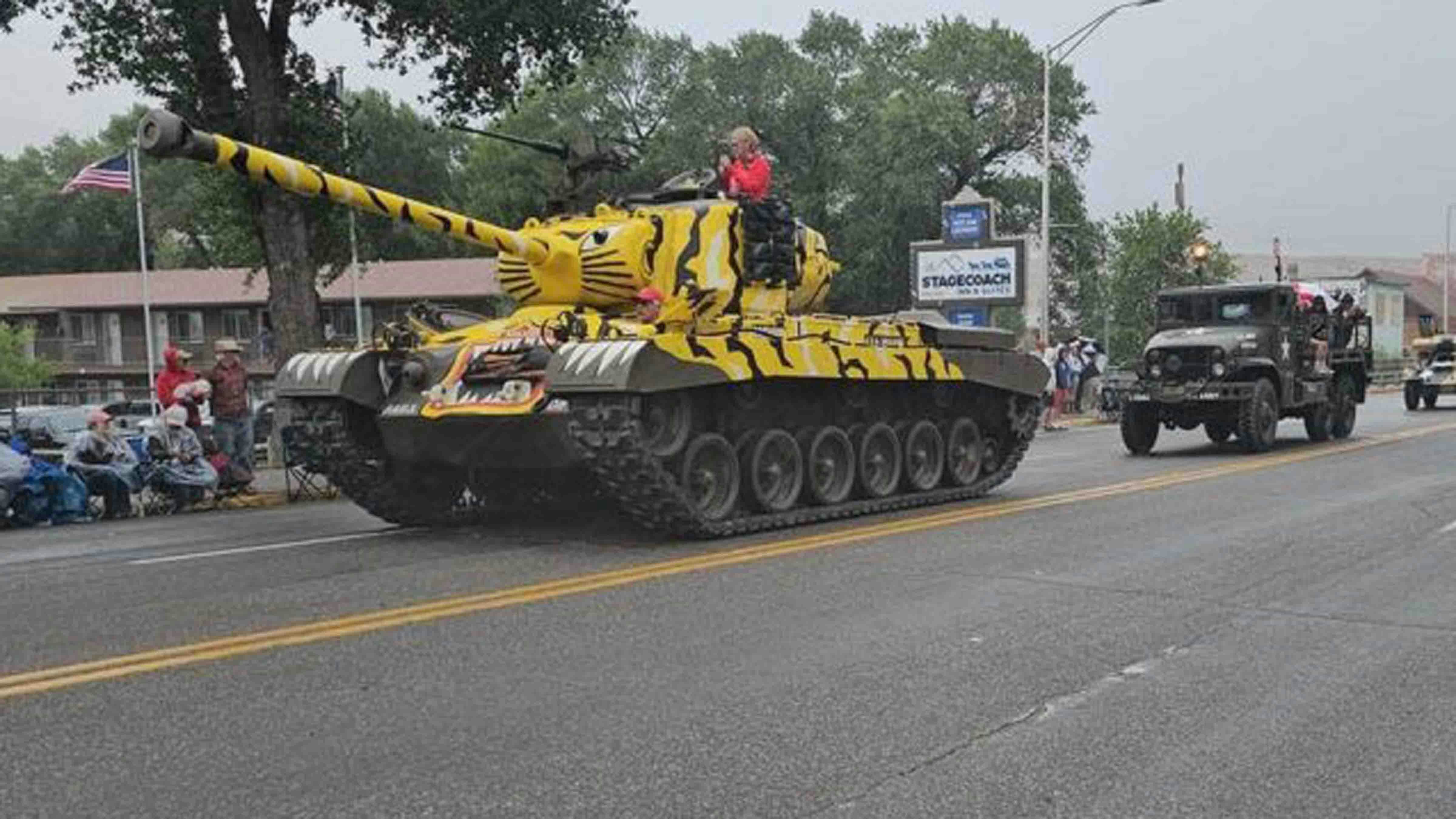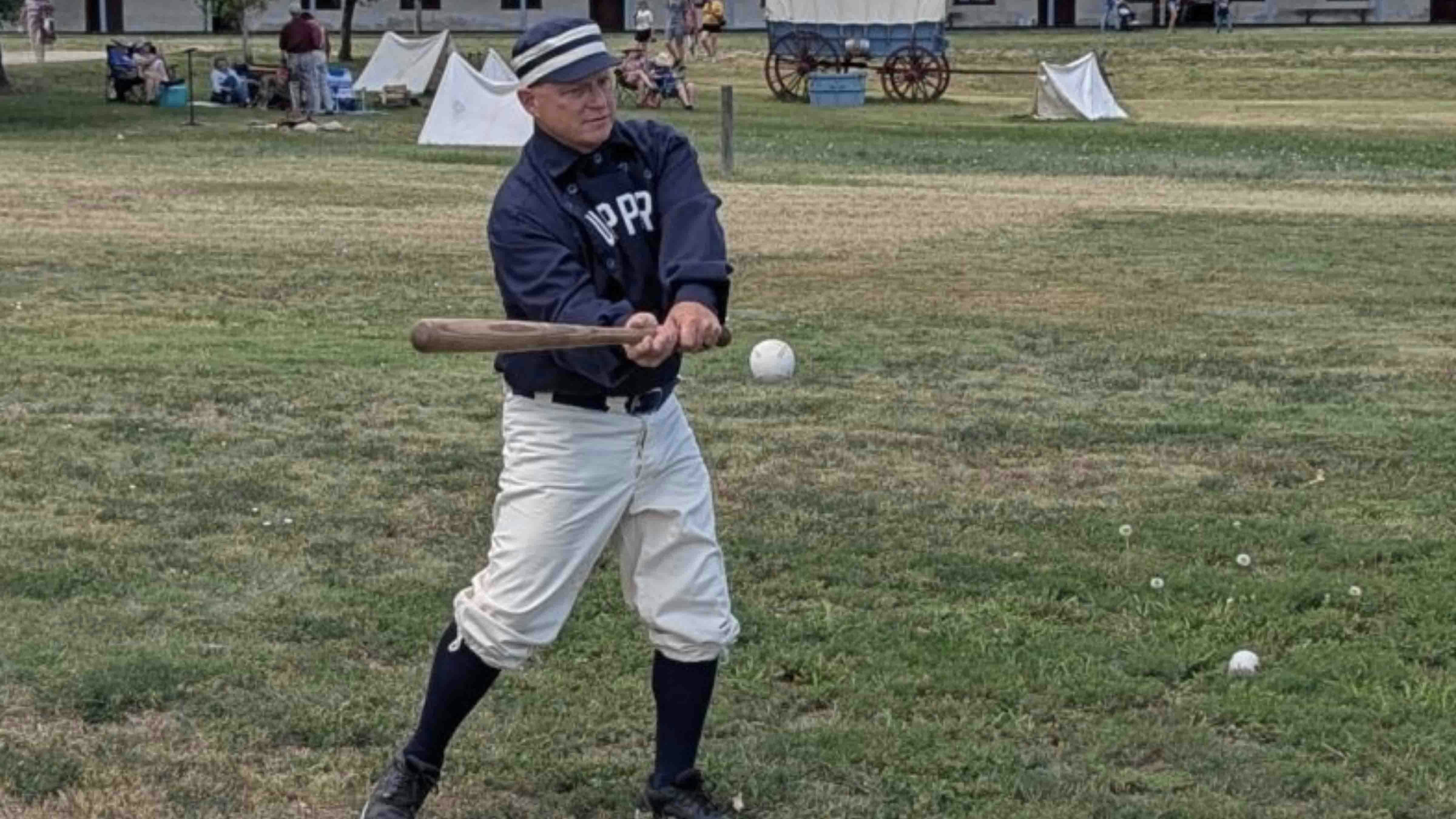The spurs Marie Jordan Bell earned while riding for the last roundup on the vast Swan Land and Cattle Company are now in the collection at the Cheyenne Frontier Days Old West Museum – a testament to her ability as a cowgirl.
Born at Iron Mountain on June 8, 1898, to John L. and Jeannette Liggit Jordan, she inspired more than one writer. Theresa Jordan told the story of her family and Marie’s in Riding the White Horse Home and returned to the cowboy work and adventures of Marie Bell in a second book, Cowgirls: Women of the American West.
“In those days, even before the war had swept up all the young men from the ranches, there were girls who came through the country breaking horses.”
Like many a cowboy or cowgirl, all Marie Jordan ever wanted to do was work outside with horses and cattle. She got her first horse at age four and broke her first horse at age nine. She worked extensively with her father throughout her childhood, teens and as a young woman. She helped the Swan Land and Cattle Company on their last roundup when she was only about 20. The spurs that the Swan gave her in appreciation are now in the collection of the CFD Old West Museum.
After she married John Bell on February 8, 1922, they leased the Polo ranch outside of Cheyenne and ran the Bell Packing plant in the city. They ran cattle and sheep and trained polo ponies, which they sold back east. John was away on business at least half the time and the bulk of both the ranch work and the day-to-day management of the packing operation fell to Marie.
The packing plant provided vital income and Marie believed it was the means to own a ranch of their own. The work at the plant kept her from being outside, but she did the job to achieve her ranching goal.
During the Great Depression and a prolonged drought, the challenges increased for livestock owners. She once recalled: “It was terrible, just terrible. There was no grass anywhere, nothing for cattle to eat. You couldn’t sell them – there was no market. The Government started a relief program, buying cattle for a few dollars a head. We’d open a carload and they’d be glassy-eyed, so starved they’d eaten each other’s ears and tails off.”
But if the Depression had its horrors, it also offered opportunities. Land prices plummeted and the hard days at the packing plant paid off when John and Marie were able to buy the Iron Mountain Ranch in 1938. Because John continued to travel extensively with other business interests, the continuity of the ranch work fell to Marie, who saddled up every day, managing both the cattle and the men who worked on the Iron Mountain ranch. Then in 1942 they bought the Polo Ranch, too.
The passion that Marie had to be horseback and actively involved in working with cattle was evident when her horse jumped an icy creek and fell on her when she was in her late 70s, breaking her pelvis in several places. The doctors told her she would never ride again. A few months later, she proved them wrong, though she couldn’t raise her leg high enough to get on without the help of a mounting block. That embarrassed her, but she did it to continue her life in the saddle.
Her years in the saddle led to her induction into the Wyoming Cowboy Hall of Fame in the Class of 2020.
Marie’s experiences as a ranch woman have been documented in articles, books, and have served as inspiration for depictions of ranch women in fiction and film.
Her recollection of women horse breakers coming through the country looking for work during World War I, served as the inspiration for Molly Gloss who said the novel opening was almost verbatim from a comment Marie had made. Gloss wrote:
“In those days, even before the war had swept up all the young men from the ranches, there were girls who came through the country breaking horses. They traveled from ranch to ranch with two or three horses they were taking home to break or with horses they had picked up in trade for work they’d done. Those girls could break horses as well as any man but they had their own ways of doing it, not such a bucking Wild West show. They went about it so quiet and deliberate, children would get tired of watching and go off to do something else.”
Marie was the real thing, a cowboy who rode every day of her life that her presence wasn’t absolutely required somewhere else, an excellent horsewoman with a deft hand and keen eye for cattle, a ranch woman who would cook late into the night to prepare food for the crew at the next day’s branding and still be horseback herself at first light. Marie was deeply loved: by her horses, who would do anything for her, and by her neighbors, who knew she would do anything for them.
After John died in 1972, Marie never considered leaving the ranch. “Goodness!” she once said, “what would I do in town?” She continued to run the ranch, with the help of her longtime foreman, Floyd Hale, until her death in 1983.





